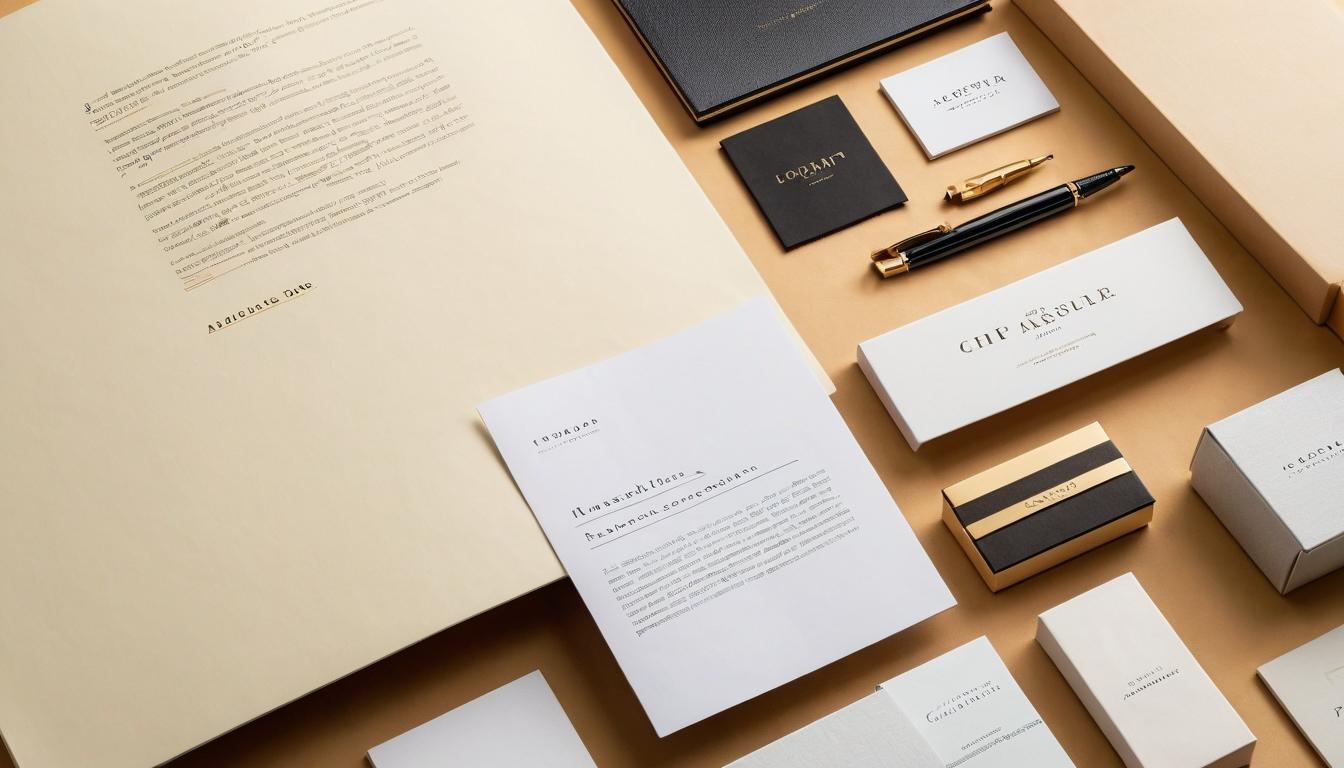In the hushed corridors of luxury boutiques and the discreet corners of private clubs, a fashion revolution has been unfolding without fanfare. The era of logo-mania and conspicuous consumption is giving way to something far more subtle—and far more expensive. Welcome to the age of quiet luxury, where the wealthiest consumers are spending thousands on pieces that look like they cost hundreds, and the most coveted status symbols are the ones nobody can identify.
This shift represents more than just changing tastes—it's a fundamental rethinking of what luxury means in a world of increasing economic inequality and environmental consciousness. The old guard of fashion, built on visible branding and instant recognition, finds itself challenged by a new aesthetic that prizes craftsmanship over logos, subtlety over spectacle. The most exclusive handbags now feature no external branding whatsoever, while the most sought-after cashmere sweaters are distinguished only by their impossible softness and perfect drape.
At the heart of this movement lies a paradox: the desire to be understood by those in the know while remaining invisible to everyone else. It's fashion as secret handshake, where a particular cut of trousers or the way a collar sits signals membership in an exclusive club. The educated eye becomes the ultimate status symbol, replacing the crude language of logos with the nuanced vocabulary of construction and fabric.
Social media has played a curious role in this transformation. While platforms like Instagram initially fueled the logo-heavy aesthetic, they've now become the primary vehicle for spreading quiet luxury. Fashion insiders and influencers have shifted from showcasing obvious luxury items to highlighting pieces whose value isn't immediately apparent. The most influential posts now feature close-ups of fabric textures, discussions of manufacturing techniques, and appreciation for invisible details like perfectly matched patterns at the seams.
The environmental implications of this shift are equally fascinating. Quiet luxury often aligns with slow fashion principles—investment pieces meant to last decades rather than seasons. Brands championing this aesthetic frequently emphasize sustainable sourcing, ethical production, and timeless design. The movement represents a potential bridge between luxury consumption and conscious consumerism, though critics argue it's merely greenwashing for the ultra-rich.
Economic uncertainty has accelerated the trend's adoption. In volatile times, flashy displays of wealth can feel tone-deaf or even risky. Quiet luxury offers a way to maintain personal standards while appearing more grounded and responsible. It's the fashion equivalent of speaking softly while carrying a big stick—the stick in this case being a five-figure handbag that looks like it came from a thrift store.
The trend has created new challenges for luxury brands accustomed to relying on logo recognition. How do you maintain exclusivity when your products don't advertise themselves? The answer has been to double down on craftsmanship and create even more barriers to entry—higher prices, limited availability, and invitation-only purchasing opportunities. The most exclusive items in this category aren't just expensive; they're practically inaccessible to anyone outside a carefully curated client list.
What makes quiet luxury particularly disruptive is how it's trickling down to the mass market. Fast fashion retailers are now producing their own versions of stealth wealth pieces, creating a strange democratization of exclusivity. The same aesthetic that originated in private ateliers and members-only shopping experiences now appears in shopping malls and online retailers, raising questions about authenticity and appropriation.
For consumers, navigating this new landscape requires developing a more sophisticated understanding of quality and value. The old metrics—brand recognition, visible luxury cues—no longer apply. Instead, shoppers must learn to assess fabric weight, stitching quality, and construction details. It's a return to connoisseurship in an age of mass consumption.
The psychological drivers behind quiet luxury reveal much about our current cultural moment. In an era of performative authenticity and curated personal brands, the ultimate flex has become not showing off at all. The ability to appreciate subtlety and nuance has become a marker of sophistication, while obvious displays of wealth are increasingly viewed as vulgar or insecure.
As the movement continues to evolve, it raises important questions about the future of fashion and consumption. Will quiet luxury become the new normal, or is it merely a reaction to specific economic and social conditions? Does it represent genuine progress toward more sustainable and thoughtful consumption, or is it simply another way for the wealthy to signal their status while appearing virtuous?
What's certain is that the rules of fashion status have been rewritten. The most powerful statements are now being made in whispers rather than shouts, and the most coveted items are the ones that reveal their value only to those who know how to look.
The quiet revolution of quiet luxury: how stealth wealth became fashion's most disruptive trend

